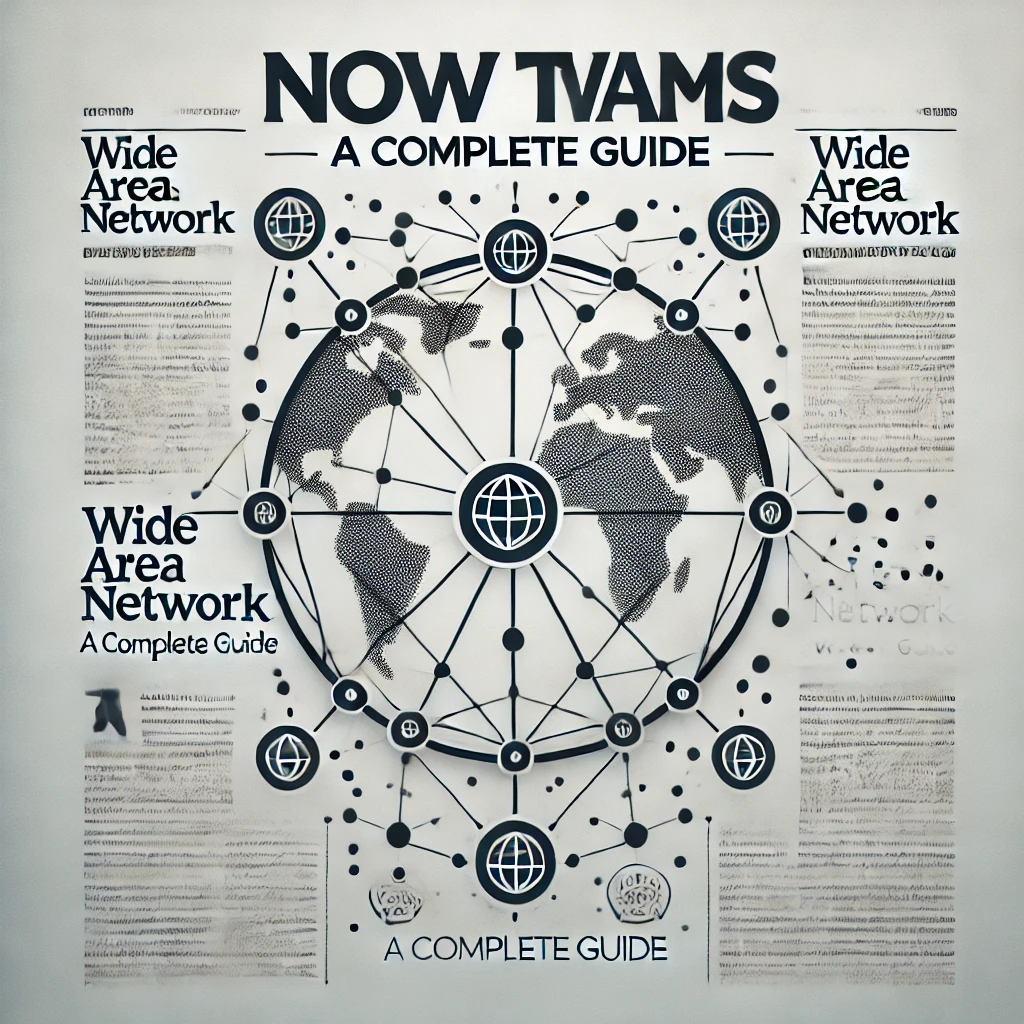Understanding Local Area Networks (LANs): The Backbone of Modern Connectivity
A Local Area Network (LAN) is a network that connects computers, servers, printers, and other devices within a small area such as a home, office, scho

In today’s digital era, connectivity is the key to efficient communication and seamless data sharing. At the heart of this connectivity lies the Local Area Network (LAN), a foundational technology that enables devices within a limited geographical area to communicate and share resources effectively.
What is a Local Area Network (LAN)?
A Local Area Network (LAN) is a network that connects computers, servers, printers, and other devices within a small area such as a home, office, school, or campus. It allows devices to share data, resources, and internet access. LANs are characterized by their limited size, high speed, and controlled environment.
For example, the network in your office that connects all computers to the same printer and internet is a LAN.
Components of a LAN
1. Network Devices:
-
Switch: Connects devices within the LAN and enables communication.
-
Router: Connects the LAN to external networks, such as the internet.
-
Access Points: Facilitate wireless connections for devices like laptops and smartphones.
2. End Devices:
- Computers, printers, smartphones, servers, and other devices that use the network.
3. Cabling and Media:
- Ethernet cables and wireless signals serve as the medium for data transfer.
4. Software:
- Network management software ensures smooth operation, monitoring, and troubleshooting.
Types of LANs
-
Wired LAN: Uses Ethernet cables to connect devices, offering high-speed and stable connections.
-
Wireless LAN (WLAN): Uses Wi-Fi to connect devices, providing flexibility and mobility.
How Does a LAN Work?
A LAN works by linking devices together using switches and routers. Here’s a simplified process:
-
A switch connects all devices within the network.
-
Devices communicate using data packets.
-
The router connects the LAN to external networks, such as the internet.
Advantages of LANs
-
Resource Sharing: Devices can share files, printers, and applications easily.
-
High Speed: LANs provide fast data transfer within the network.
-
Cost-Effective: Reduces the need for individual hardware, like printers, for every user.
-
Centralized Management: Easier to manage data, resources, and security.
Limitations of LANs
-
Limited Range: Restricted to small geographical areas.
-
Setup Costs: Initial setup can be expensive, especially for wired LANs.
-
Maintenance: Requires regular management and updates to stay secure.
Common Use Cases of LANs
Offices: Sharing resources like printers and files among employees.
Schools: Connecting computers and devices for educational purposes.
Homes: Facilitating internet access and device connectivity.
Retail Stores: Linking point-of-sale systems and inventory databases.
Security in LANs
LANs must be secured to prevent unauthorized access and data breaches. Common practices
include:
-
Using strong passwords for Wi-Fi networks.
-
Enabling firewalls to monitor and control network traffic.
-
Regularly updating software and firmware.
-
Implementing encryption protocols like WPA3 for wireless connections.
Future of LANs
As technology evolves, so do LANs. The integration of advanced technologies such as Wi-Fi 6, Internet of Things (IoT), and software-defined networking (SDN) is making LANs faster, smarter, and more efficient.
In conclusion
Local Area Networks are indispensable in today’s connected world. Whether in homes or businesses, LANs provide the backbone for communication, collaboration, and productivity.
Stay tuned to Now Times for more insights into networking and modern technologies!
Leave a Comment
Releted Articles

Wide Area Network (WAN): A Complete Guide
A Wide Area Network (WAN) is essential for connecting people, devices, and businesses across large distances.

Networking Basics: Understanding the Foundation of Modern Connectivity
Networking is the cornerstone of communication in today's digital world. Understanding its basics empowers individuals to navigate






0 comments
There is no any command yet!